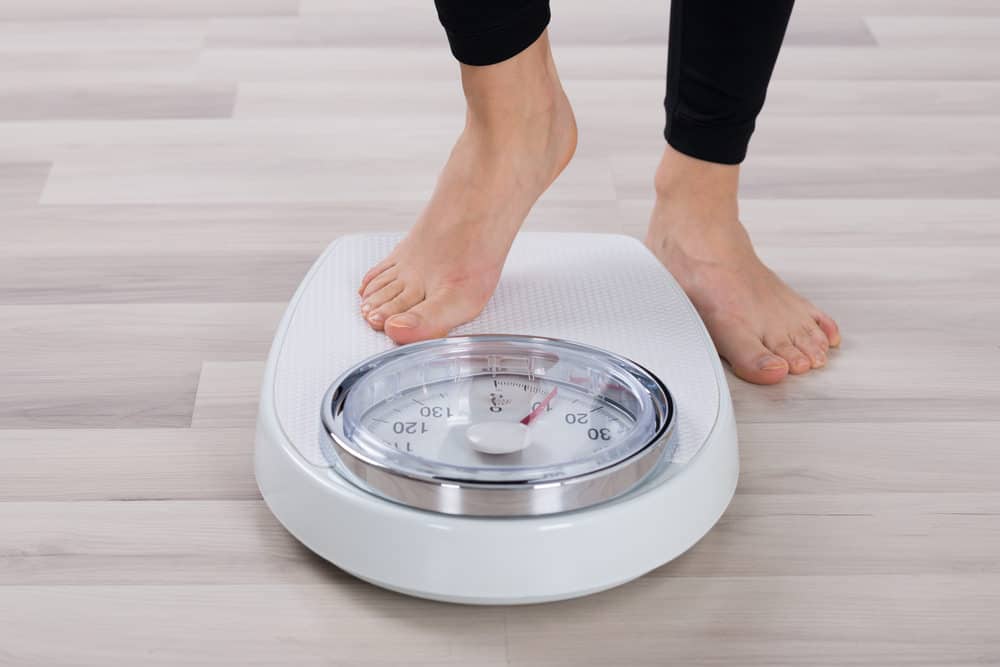How to calibrate weighing scales in 5 simple steps

Which industries rely on accurate weighing scales for critical operations each and every day? All of them! In fact, human beings finding ways to measure the weight of objects as accurately as possible dates back to a couple of thousand years before the birth of Christ – especially once people were making money from the land and trade.
But something that dates back to precisely the same moment in time is the need for weighing scale calibration because it’s quite simply the only process that will ensure the relationship between the actual, objective weight of whatever is being weighed correlates 1:1 with the value displayed on the scale. During the calibration process, it will either be determined that the 1:1 (or an acceptable tolerance) correlation exists already, or if some adjustment one way or the other is necessary.
Sometimes, the sort of premium weighing scales used by organisations for critical operations will have in-built internal calibration capabilities. In fact, this process can even be fully automatic so that calibration is carried out at appropriate intervals without the operator ever having to do anything. But for other products, or just to double-check the internal calibration processes are accurate, external or manual calibration will be necessary.
Overlook it, or get it wrong, and your profits, regulatory approval, brand image and peace of mind are all at risk. So how do you get it right?
These 5 steps should put you on the right track:
-
A visual check
Before we get to the real calibration, let’s start with a simple visual check. Are the weighing scales on, fault-free and ready to measure? And if your scale solution or system relies on a frame or any accessories, are they all looking good and obstruction-free, too?
- Choose your calibration weights
The standard manual calibration process is done with test or calibration weights, proving that in so many cases of human technological achievement, simplicity is so often the correct and the enduring answer. It’s crucial that the weights themselves were also calibrated, meaning the weight they depict to be is strictly accurate.
As a general rule, the weight of the test weights should be between a third to one half the readability limit of the scale, which can be made up of several separate test weights. Calibration tests for both low readings and higher readings should then be made.
-
Perform the ‘as found’ tests
Modern weighing scales tend to include a calibration mode, even for this manual process, so shift the product into this mode. When using the test weights in this pre-calibration ‘as found’ test, position them centrally at first but also check that the scales are picking up the weight just as accurately from different locations, including the corners. The calibration mode will then be able to determine if the scales’ measurement values line up with reality, or whether some calibration adjustment needs to occur.
-
Don’t forget maintenance
If the calibration process is showing discrepancies, it could be that some basic maintenance rather than pure calibration needs to take place. For instance, debris might have accumulated, or some cleaning or lubrication for mechanical scales may be necessary. With that done, follow the specific product instructions to make any calibration adjustments.
-
Perform the ‘as left’ test
With the adjustments made, repeat the ‘as found’ test process and compare the two outcomes against the reasonable tolerance limits.
Weighing scale calibration isn’t simply good business practice – it’s crucial to ensure accuracy in often weight-critical operations for a myriad of reasons, including quality standards and compliance. If you’re not sure your skills of calibration are up to industry standards, or you require professional calibration, maintenance and repair services, give yourself peace of mind by getting in touch with an expert. Happy calibration!




